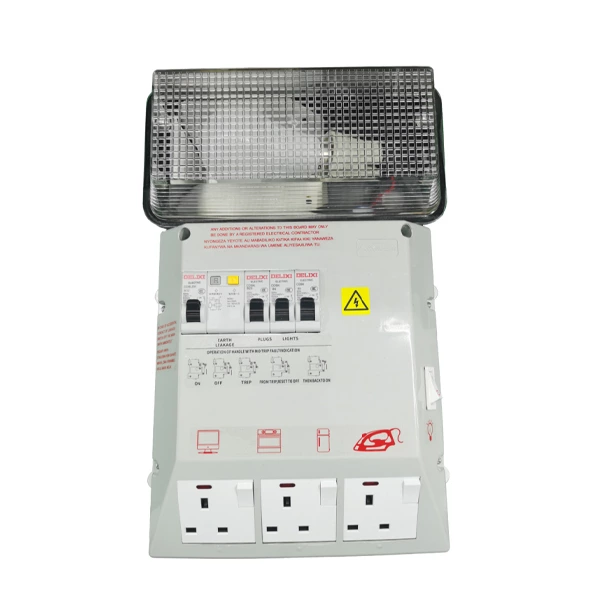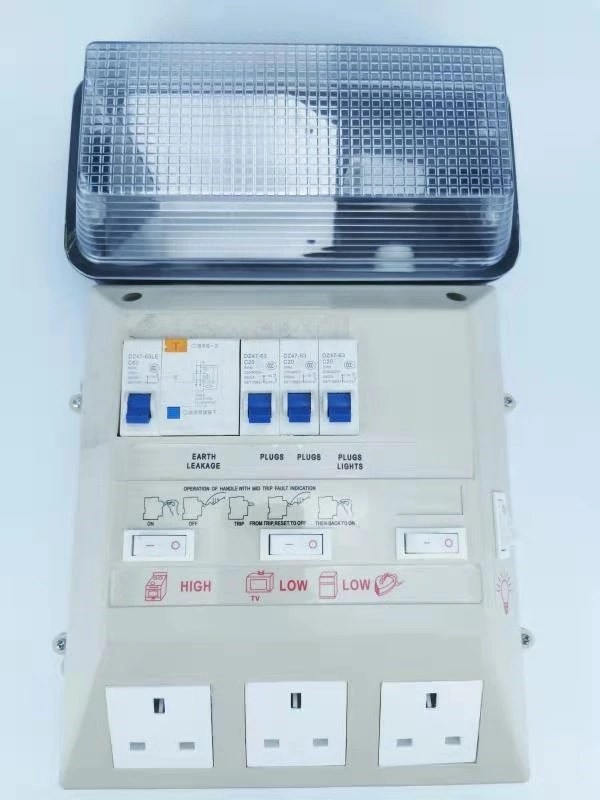Misconception Of Energy-saving In Lighting Electrical Ready Boards: Can Turning Off Lights Save Electricity? The Truth Is......
In household energy conservation, "turning off lights at will" is often seen as an iron law for energy conservation, but this habit may backfire due to different types of lighting fixtures and usage scenarios. Taking the power management of lighting electrical ready boards as an example, the switching strategy of lighting fixtures needs to be comprehensively judged based on technical principles and actual scenarios.
The "start-up cost" of energy-saving lamps and fluorescent lamps
Energy saving lamps (such as compact fluorescent lamps) and traditional fluorescent lamps experience transient high voltage during startup, with power consumption up to three times that of normal use. For example, a certain brand of energy-saving lamp has a peak power of 60 watts at the moment of start-up, while the stable operating power is only 20 watts. If frequently turned on and off (such as picking up items from the room for a short period of time), the power consumption of a single startup may exceed the amount of electricity required to keep the light on continuously for 5 minutes. In addition, when starting the fluorescent tube, the filament needs to be preheated, which results in low luminous efficiency and high energy consumption, further weakening the energy-saving effect of "turning off lights at will".
Applicable scenarios of LED lamps and incandescent lamps
LED lights do not need to be turned off when leaving the room for a short period of time due to the lack of preheating process and extremely low start-up energy consumption; Although incandescent bulbs consume the same amount of power during start-up and continuous operation, frequent switching can accelerate filament loss and shorten their lifespan. For example, experimental data shows that every time incandescent lamps are turned on and off, their lifespan is reduced by about 2 hours, and in the long run, it actually increases replacement costs and indirect energy consumption.
The 'time threshold' for scientifically turning off lights
Energy saving experts suggest that if the departure time exceeds 15 minutes, turning off the lights can save more energy; If it is less than 5 minutes, keeping the light on can actually save energy. For example, when leaving the room for a short period of time in the summer afternoon, the lighting fixtures can be adjusted to low brightness mode, and an intelligent dimming switch can be used to achieve a balance between energy consumption and lighting.
Optimization strategy for lighting electrical ready board
Split control: Connect different scene lighting fixtures (such as living room main lights and kitchen operation lights) to independent circuits to avoid the extensive management of "turning off all lights at once".
Intelligent upgrade: Install human body sensing or light control switches to automatically adjust the opening and closing of lighting fixtures, reducing human error. For example, using infrared sensing switches for corridor lights can reduce energy consumption by 70%.
Line optimization: Select low resistivity wires and shorten the distribution distance to reduce line losses. According to calculations, for every 0.1 ohm decrease in wire resistance, the annual power consumption of a single lamp can be reduced by 2 kilowatt hours.
Energy conservation requires abandoning a one size fits all approach and developing strategies based on the characteristics and usage scenarios of lighting fixtures in order to truly reduce consumption.




